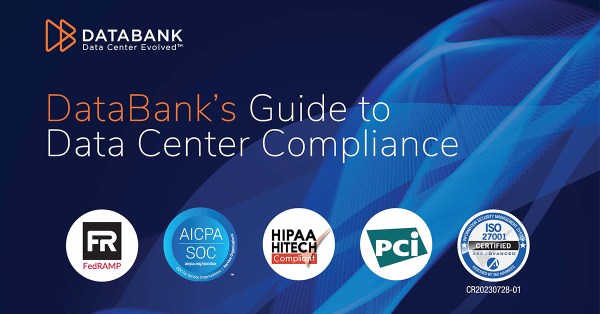Implementing effective security is now imperative for all modern businesses. For practical purposes, effective security typically means zero trust security. With that in mind, here is a quick guide to implementing zero trust security in colocation environments.
Understanding zero trust security
Zero trust security is a cybersecurity approach developed in 2010 by John Kindervag. Its defining characteristic is that it assumes threats can always be present in a network, even if the network has the most robust defenses available.
Officially, zero trust security has 7 core principles. These can, however, be summarized down to three core points.
1. Default deny: Block access to key assets unless there is a clear reason to grant it. These assets include networks, workloads, data, people, and devices. Default deny applies both at the macro level (access controls) and the micro level (verifying user identity).
2. Visibility and analytics: Effective security requires having a clear overview of all activities within a network (visibility) plus a clear understanding of what these mean (or could mean) in practice (analytics).
3. Automation and orchestration: Effective use of automation and orchestration is essential for applying security policies consistently (especially in hybrid environments). It is therefore key to many aspects of security including monitoring and auditing, incident response, and resource management.
Understanding colocation environments and their security challenges
Colocation facilities are managed data centers made available for shared use. The colocation vendor takes responsibility for the core infrastructure. Clients take responsibility for their own equipment.
For the most part, the security challenges of colocation are the same as the security challenges for all data centers. There is, however, one challenge that is specific to colocation environments.
This is the fact that each client will have their own security requirements, policies, and practices. The colocation vendor needs to support all of these and this complicates the management and administration of the shared infrastructure.
Implementing zero trust security in colocation environments
There are five main steps to implementing zero trust security in colocation environments.
Collaboration between colocation vendors and clients
Effective implementation of zero trust security in colocation environments requires collaboration between colocation providers and their tenants. Colocation providers should offer transparent visibility into their security measures and practices, including physical security controls, network infrastructure, and data protection mechanisms.
Additionally, colocation agreements should clearly define each party’s responsibilities for security and compliance, including incident response procedures and breach notification requirements.
Regular communication and collaboration between tenants and colocation providers are essential to ensure that security measures are aligned with the evolving threat landscape and regulatory requirements.
Comprehensive identity and access management (IAM)
Implementing zero trust security in colocation environments begins with establishing robust Identity and access management (IAM) practices. This involves accurately identifying and authenticating all users, devices, and applications attempting to access resources within the colocation facility.
IAM solutions should support multi-factor authentication (MFA), strong password policies, and integration with existing directory services for centralized user management. Additionally, role-based access control (RBAC) should be enforced to ensure that users and devices are granted the least privilege necessary to perform their tasks.
Network segmentation and micro-segmentation
Network segmentation plays a critical role in implementing Zero Trust Security in colocation environments. By dividing the network into smaller, isolated segments or zones, organizations can limit the lateral movement of threats and contain potential breaches.
Micro-segmentation takes this concept further by applying granular security policies at the individual workload or application level. This ensures that even within a shared infrastructure, each tenant’s resources are effectively isolated and protected from unauthorized access.
Encryption and data protection
To enhance security in colocation environments, encryption should be applied to data both in transit and at rest. Transport Layer Security (TLS) or Secure Sockets Layer (SSL) encryption protocols should be used to secure communication between users, devices, and applications within the colocation facility.
Additionally, data stored on servers, databases, and storage devices should be encrypted using strong encryption algorithms to prevent unauthorized access in the event of a breach. Key management practices should be implemented to securely generate, store, and rotate encryption keys.
Continuous monitoring and threat detection
Continuous monitoring and threat detection are essential components of Zero Trust Security in colocation environments. Security Information and Event Management (SIEM) solutions can collect and analyze logs from various sources within the colocation facility, including network devices, servers, and applications.
Advanced analytics and machine learning techniques can help identify anomalous behavior and potential security incidents in real time. Additionally, endpoint detection and response (EDR) solutions should be deployed to detect and respond to threats at the endpoint level, including servers, workstations, and IoT devices.







